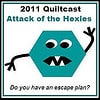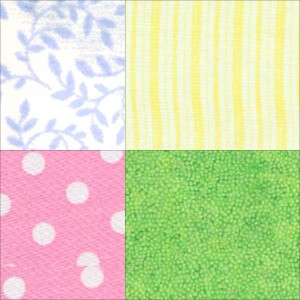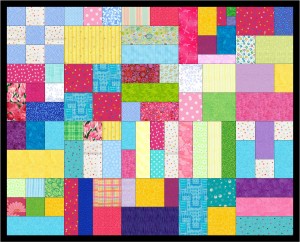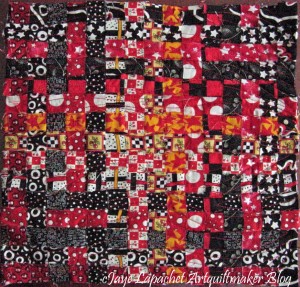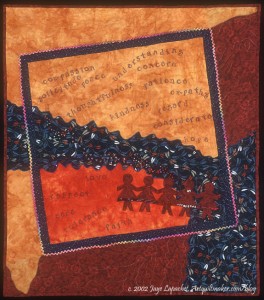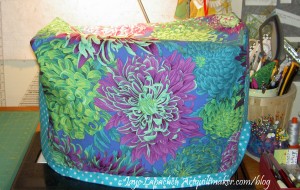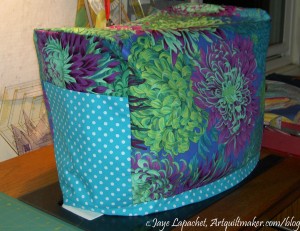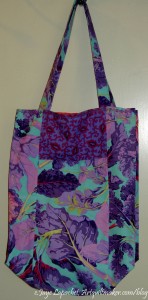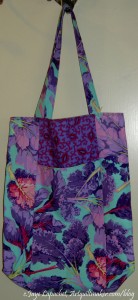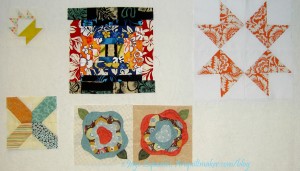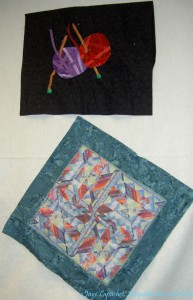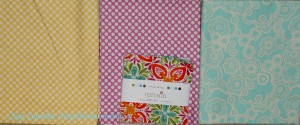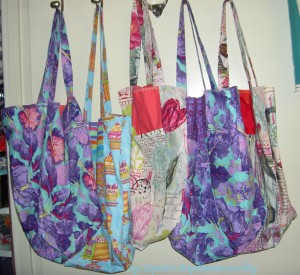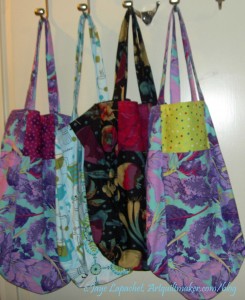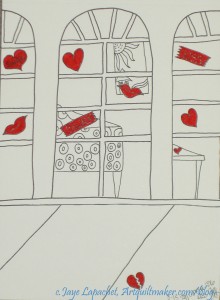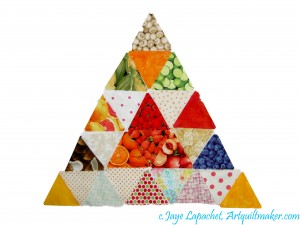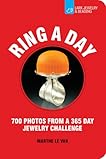Recently, Sandy, of Quilting for the Rest of Us, and I recorded a podcast where we started to talk about design. Several months ago, she asked me if I would considering talking with her and her listeners about design. I was reluctant. I am not an expert, but Sandy is pretty good at convincing people to do stuff and I am good at research. It has taken me some time to find the time, coalesce my thoughts and to start to do the research.
The first podcast we recorded was an overview of design. We discussed the principles and elements of design. We talked about what the principles and elements are in design and some examples of how to use them. We tried to talk about why a classic quiltmaker who uses patterns and books should care about design. I’d like to know if you have examples of how you have used design.
Some of my thoughts…
Knowing about design principles and elements helps refine your innate skill. Everyone has innate design skills.
Concept: I use patterns why do I need to know about design?
- Color is an element of design. To make beautiful quilts, you need to know about color. If you buy a kit, there may be one color you do not like and by knowing about design, you will be able to replace it successfully.
- Balance is a principle of design. If your eye sees an element of the quilt as being unbalanced, then knowing about design will help you adjust it.
Concept: I am not an art quiltmaker, why do I need to know about design principles and elements?
- “Some designs lack that indefinable life – or spark – that lifts them out of the mundane, the predictable, the commonplace …. learning about design elements and principles helps you train your vision and refine your subconscious decision making.” (Fearless Design for Every Quilter by Lorraine Torrence, pg.57)
- Negative space in fabric: “When choosing prints for a patchwork, think about how they’ll look when cut up. Does that small print have so much negative (empty) space that the actual print part won’t show up on half of the pieces? Is that large print so big that the pieces cut from it will look like they’re from entirely different pieces of fabric? (Elizabeth Hartman, The Practical Guide to Patchwork, pg.24).
- Borders: does slapping on 4 lengths of fabric work with the design you have chosen or would a bit of piecing enhance your excellent quilt top?
- Books: when looking at books and evaluating whether you want to spend money on it, you can evaluate the various elements and principles of design included in the patterns of the book.
Many quiltmakers, though not formally trained in art (e.g. an MFA in fine art) have intuitive art sensibilities. (Fearless Design for Every Quilter by Lorraine Torrence, pg.5)
I have been thinking about design for awhile. I never took a dedicated design class in school and have never found one that fit into my schedule since. Also, I am too lazy to leave my house again once I get home. If I did sign up I would go, so the laziness is really me thinking that I would be lazy and not go to class even before I sign up. Sigh!
I have pages and pages of notes I have taken on design elements and principles as I have tried to make the design elements and principles part of my working toolbox.
Design is a way of organizing a piece of visual work. According to the Quilter’s Book of Design, 2d by Ann Johnston, “Design is a problem-solving activity within all the arts, placing or creating subject matter so it is of visual significance and interesting to the artist.” (pg.xi). I like this definition, because it is understandable and doable. It also isn’t scary for people who have no MFA. When I think about solving a problem with my quilt, I relax about design and try to review the skills in my design toolbox. Remember, though, that “we all have personal experiences, subjective leanings, and differences in personality that make us prefer one thing to another…” (Fearless Design for Every Quilter by Lorraine Torrence, pg.57)
Good design requires practice and is the “result of of a successful combination of design elements … and principles…”(Fearless Design for Every Quilter by Lorraine Torrence, pg.6)
Elements of Design
The elements form the ‘vocabulary‘ of the design (Wikipedia, design elements and principles).
The Elements of Design are the language of the visual arts (http://www.wiu.edu/art/courses/design/elements.htm).
The elements are components or parts which can be isolated and defined in any visual design or work of art. They are the structure of the work, and can carry a wide variety of messages (http://char.txa.cornell.edu/language/element/element.htm).
- Line
- Shape
- Value
- Color
- Movement
- Size
- Pattern
Principles of Design
The principles constitute the broader structural aspects of the design’s composition (Wikipedia, design elements and principles).
Principles (http://www.wiu.edu/art/courses/design/principles.htm).
The Principles are concepts used to organize or arrange the structural elements of design. Again, the way in which these principles are applied affects the expressive content, or the message of the work (http://char.txa.cornell.edu/language/principl/principl.htm).
- Unity
- Harmony
- Contrast
- Rhythm
- Repetition
- Gradation
- Balance
- Dominance
The principles of design, according to my research, are usually taught first. I think they are also a little harder to explain to an audio audience, so I told Sandy we should start with the elements. After getting into it a bit, I am thinking that we might bounce around. Hope you tune in to find out!
